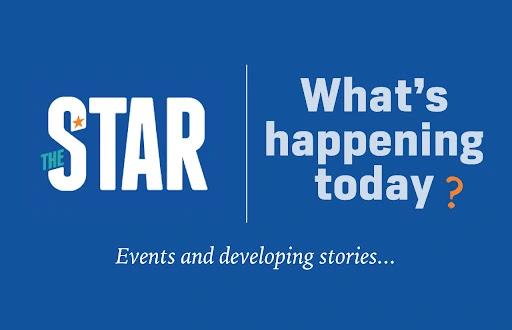Kenya requires Sh128 billion (Usd1 billion) annually to fund HIV response, a report by the Joint United Nations Programme on HIV and AIDS (UNAIDS) says.
This is contained in a report, 'Domestic revenues, debt relief development aid: Transformative pathways for ending AIDS by 2030'.
The report says that despite Eastern and Southern Africa making impressive gains in combating HIV/AIDs over the past decade, the countries in this region, including Kenya, are facing growing financing gaps.
This has been attributed to declining donor funding and the economic impact of the Covid-19 pandemic.
The report sought to identify how to unlock resources at scale and speed from all domestic and external public sources to fulfil the commitments set out in the 2021 Political Declaration on HIV and AIDS.
According to the report, Sh2.5 Trillion (Usd20.8 billion) was made available in 2022 for HIV programmes in low and middle-income countries from both domestic and international sources globally.
"This funding—already on the decline relative to previous years—is under increasing pressure," the report says.
The report says that most of the funding for HIV programmes comes from donors, with just two donors providing the majority of aid funds for the HIV response.
They include the US President’s Emergency Plan for AIDS Relief (PEPFAR) programme and the Global Fund.
In 2022, these two donors provided 52.5 per cent of all international development assistance resources to the eastern and southern Africa region for the HIV response.
Early this year, the US announced a one-year extension of funding to the PEPFAR, which is the biggest buyer of antiretroviral drugs for Kenyans.
The US Congress granted Pepfar a one-year extension, unlocking about Sh43 billion one-year funding for Kenya.
Kenya has 1.4 million people living with HIV and about 1.2 million are on antiretroviral therapy.
Foreign donors currently finance at least 66 per cent of the HIV budget in Kenya, mostly buying ARVs and related supplies.
Pepfar contributes over 50 per cent of total HIV/Aids funds in Kenya every year.
The the last few years, the US has been asking Kenya to diversify its donors and improve domestic financing.
The report shows that Ethiopia, Mozambique, South Africa, South Sudan and Tanzania have the highest financing needs.
The above countries will be required to mobilise at least Sh128 billion (Usd1 billion) in resources annually to fund HIV prevention and treatment services fully by 2030.
The UNAIDS estimates that Sh3.7 Trillion (Usd29 billion) will be needed annually by 2025 to put the world back on track to end AIDSas a public health threat by 2030.
It was estimated that in 2022, Sh1.3 Trillion (Usd10.5 billion) was needed to finance the HIV response, of which Sh1.2 Trillion (Usd9.8 billion) was available.
While the infrastructure and systems necessary to support health are provided by governments, along with HIV-specific resources and funding, dependence on development assistance for overall HIV responses remains high in most countries in the region. Such financing is declining," the report says.
In some countries, there may be reluctance to fund HIV prevention services, particularly for key vulnerable populations, leading to a greater dependency on donors for these activities, the report says.






